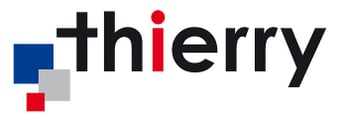PVD Coating - Physical plasma coating process • Plasma enhanced PVD
Coating PVD is a plasma coating process that involves the physical process of depositing thin solid layers of another material onto a surface or part in order to make that object more durable. Coating PVD is different than CVD, otherwise known as chemical vapor deposition, because Coating PVD requires no chemical reaction to happen at the surface of the object for the coating to work. Coating PVD can be accomplished using several different techniques. One of the more common techniques is called plasma sputter deposition. This process uses plasma ions to bombard the material which causes some of it to vaporize and then that vapor is deposited onto the desired surface.
Advantages and Disadvantages of Coating PVD
Coating PVD is only one of the methods used to coat surfaces. Others require chemicals and these processes usually require extensive cleanups and are not environmentally friendly. Coating PVD is safer than those methods. Also, coating PVD can be used on almost any type of inorganic material. One disadvantage of coating PVD is higher costs. The process requires complex machines that need skilled operators. Also, the rate at which coating PVD operates is relatively slow. However, coating PVD is still one of the most effective methods of improving a surface’s strength and durability.
To learn more about the use of plasma in manufacturing, please read our eBook titled "Manufacturer’s Surface Activation Guide for Improved Adhesion."

